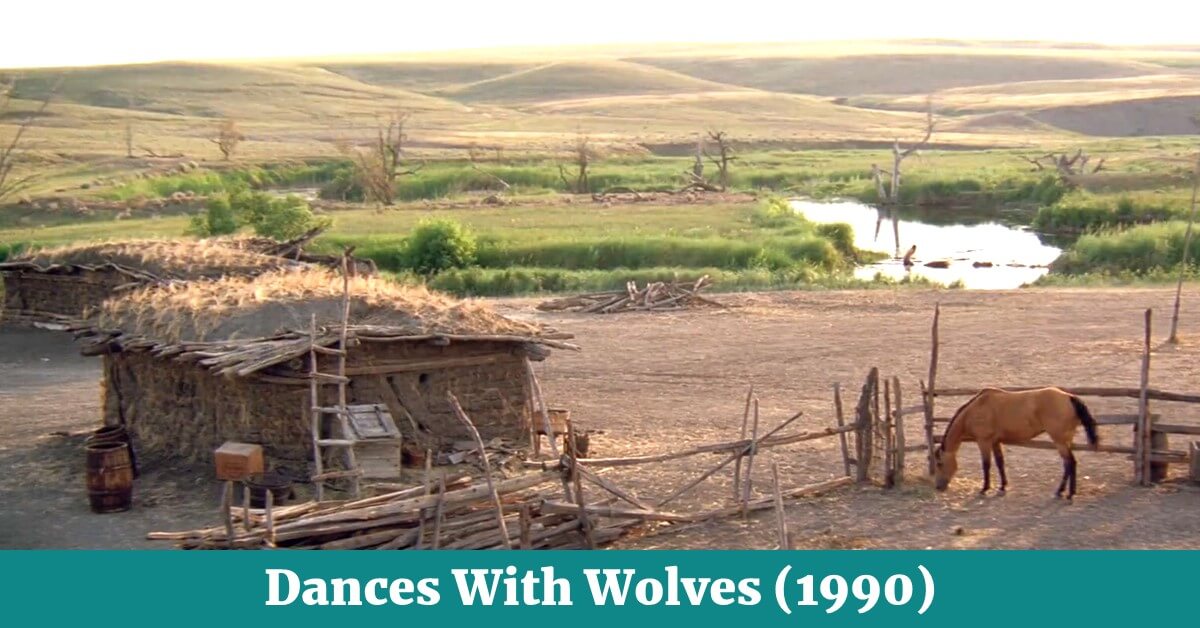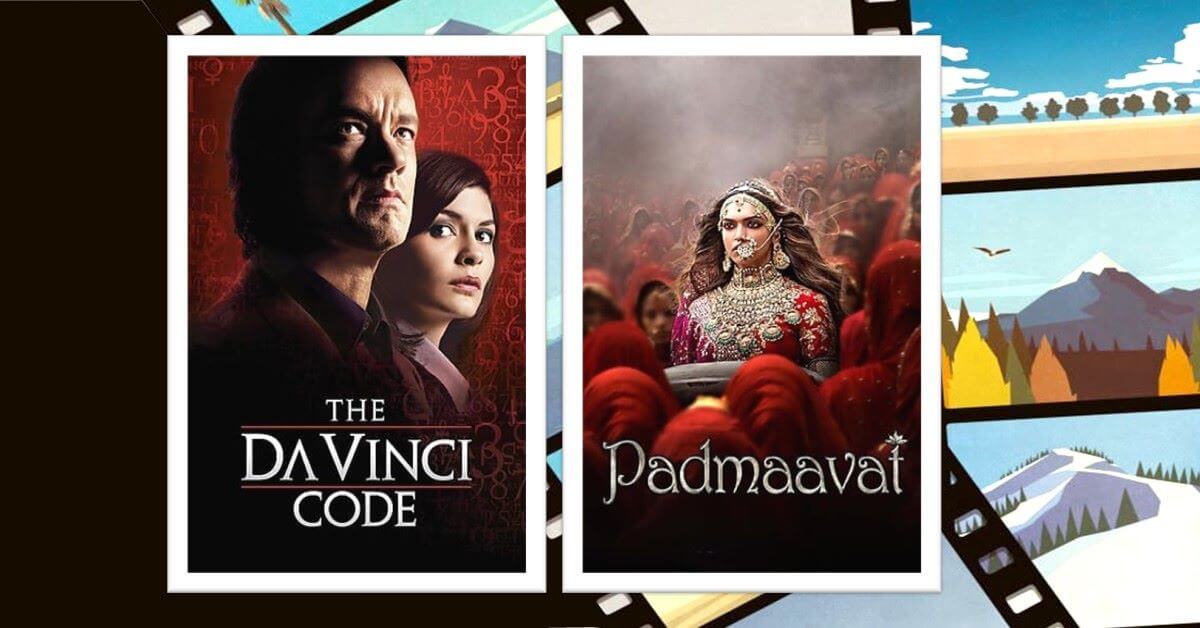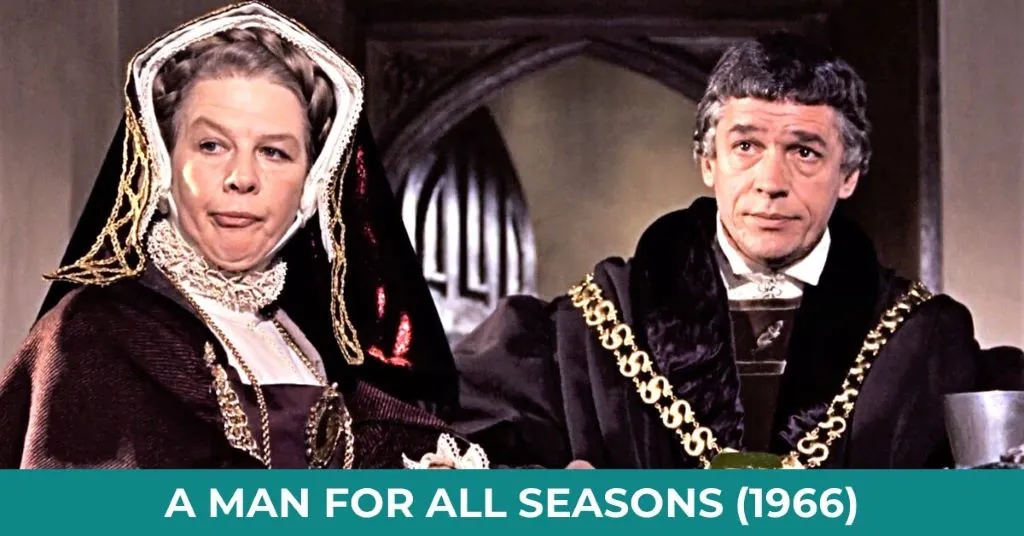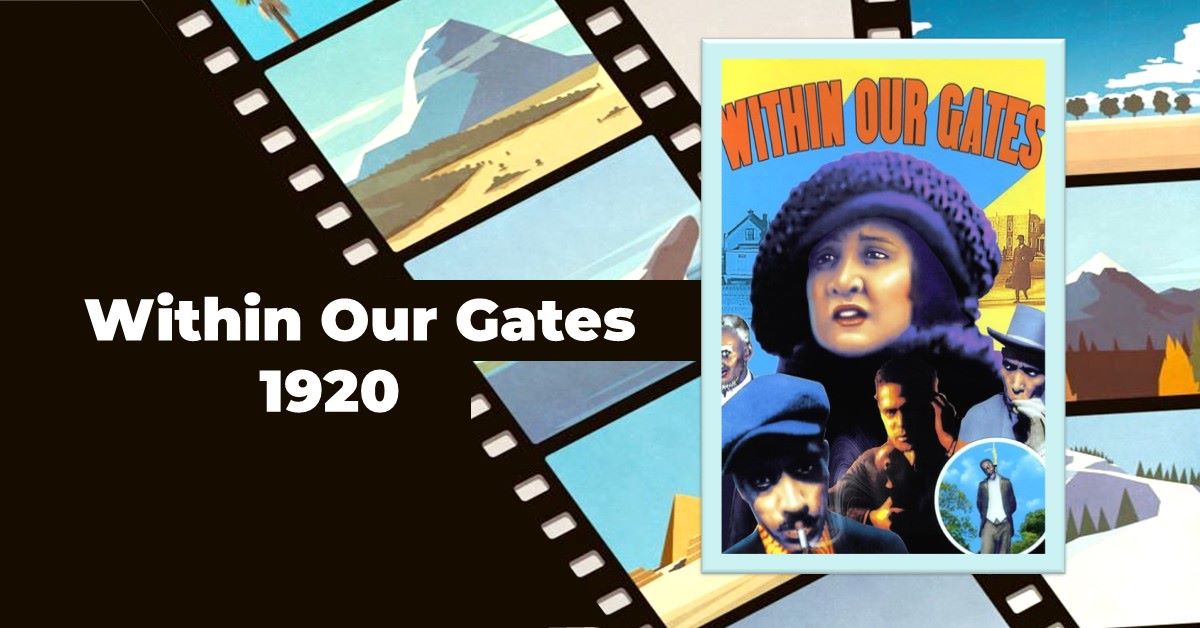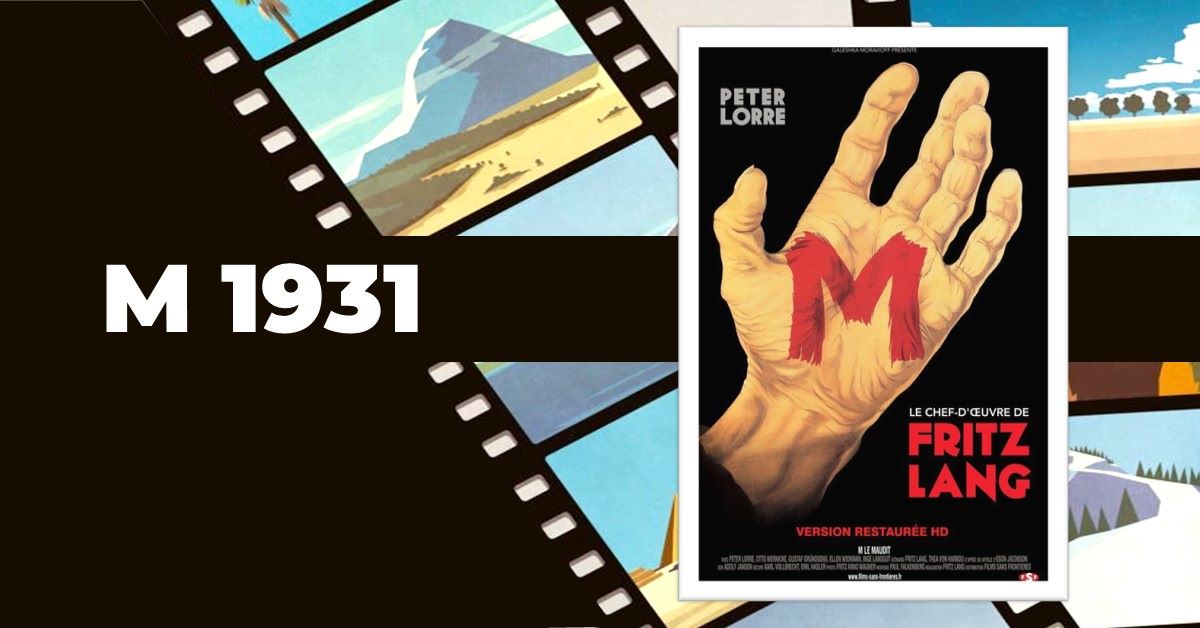Last updated on November 2nd, 2023 at 09:34 am
Adapted from American author Michael Blake’s novel of the same name Dances With Wolves movie 1990 is a story of love, adventure, friendship, betrayal and war between white American and Native American tribes Sioux and Pawnee during the American Civil War. The film revolves around the life of Lieutenant John Dunbar of the Union Army who travelled to the American Frontier in Fort Sedgewick as he narrates the events of his lonely stay and befriending the Sioux tribe and finding love.
Not willing to be amputated, Dunbar escaped from the hospital with his half-blown foot in 1983. Intending suicide, he found himself hobbled into a brilliant green meadow that was strewn with Union and Confederate corpses. Rescued, by Union Army medical corps he was treated.
On his full recovery, Dunbar was transferred from St. David’s Field, Tennessee and was given the choice to choose any station he desired and awarded Cisco, horse. He wanted to be on the frontier and journeyed from Forte Hayes with provisions for the awaiting army at Sedgewick who deserted the post before Dunbar reached the post.
As Dunbar arrives at Fort Sedgewick, he finds it abandoned and decides to remain there in the unending prairie alone and begins keeping a journal of his daily activities. He encountered with the Sioux tribe and witnessed white hunters kill buffalos for their tongue and hide. He saw the consequence of those white hunters who kill wild animals, were killed and burnt on the pyre of Sioux.
One day he rescued an injured woman, Stands with a Fist (Napépȟeča Nážiŋ Wiŋ in Lakota, Christine Gunther played by Mary McDonnell) and delivered her to the tribe hurt. She was mourning for her deceased husband. Through his benevolent acts, he got acceptance in the Sioux tribe and learned about their customs, language, and way of life. Stands with a Fist, who was a white woman abducted by the tribe when she was a child worked as a translator between Dunbar and the tribe.
Dunbar and Mary McDonnell fell in love and got married. Because of his friendship with a wild wolf, Dunbar was named Dances with Wolves (Lakota: Šuŋgmánitu Tȟáŋka Ób Wačhí) by the people of the tribe. Dunbar used the ordinance given for the army against the Pawnee tribe during the hostility between the tribes and himself fought on the Sioux’s behalf.
One day, when the tribe Chief Ten Bears (played by Floyd Red Crow Westerman) decided to move the village to a different spot due to the growing fear from white men and the Pawnee tribe, Dunbar decided to accompany them. But as he went to the Sedgewick to retrieve his journal, he found the post filled with Union Army personnel who captured and tortured him for not being able to probe of his position as an officer, more so due to the fact that he was in tribal consume instead of army uniform.
Eventually, Sioux people attacked a convoy carrying Dunbar and freed him. However, he revealed to the tribe that he must leave them with his wife because the Americans may use him as a pretext to attack them. As they left the village, American soldiers were seen to be searching for him.
The film ends with a prologue that after 13 years of 1863, their habitats were destroyed with buffaloes gone and the last band of Sioux tribe surrendered to the white at Fort Robison in Nebraska, the great horse culture was gone and the American frontier was soon to pass into history. Dunbar’s desire to protect the pristine richness of a world untouched by modern civilisation has gone unmet.
101 Best films
Produced, directed and acted by Kevin Costner Dance With Wolves showcases the horrible condition of the American native tribes who struggled for their own land. The film won seven Academy Awards as Best Picture. It is one of the best 101 educative films that I have been reviewing.
If you’re a cinephile and have an affinity for captivating narratives set against breathtaking backdrops, Dance with Wolves is an absolute must-watch. This 1990 cinematic masterpiece, directed by Kevin Costner, is a blend of historical drama, Western, and adventure that takes audiences on an unforgettable journey through the rugged terrain of the American frontier.
A Visual Spectacle
Dances with Wolves is not just a story; it’s a visual spectacle that transports viewers to a time when nature was both a friend and a foe. The film’s sweeping cinematography captures the vastness of the untamed landscapes, allowing the audience to experience the beauty and challenges of the frontier firsthand. I was fascinated to see the vastness and the beauty of the prairie. One cannot but has to finish the film at one go because of its view and unexpected suspense. The film might remind you about Lawrence of Arabia.
Emotional Depth and Friendship
At its core, the movie explores themes of friendship, cultural understanding, and the cost of progress. The relationship between Dunbar and a Native American woman named Stands With a Fist (Mary McDonnell) becomes a symbol of bridging gaps and finding common ground in a world torn by conflict. However, I find their love story a vapid one.
Social and Cultural Impact
The film stands as a milestone in Native American representation. It portrays the Sioux people as fully developed characters with their own agency and complexity. While acknowledging the historical context of settler-Native American interactions, the movie challenges stereotypes and promotes empathy.
It contributed to a more nuanced understanding of indigenous cultures in mainstream media. Dunbar was in fact surprised to find out their generosity, benevolent behaviour and kindness in contrast to what he was told by his peers about them.
These films share similar themes of adventure, camaraderie, and a deep connection to nature, making them perfect choices for those who resonate with the spirit of the American frontier.
Comparison to the Novel
Dance with Wolves was adapted from Michael Blake’s novel of the same name. While the movie captures the essence of the book, certain changes were made to enhance cinematic storytelling. Both versions offer unique perceptions into the story’s characters and themes.
Behind the Scenes
The production of the film faced challenges, including adverse weather conditions and budget constraints. Despite these obstacles, Kevin Costner’s dedication to the project resulted in a visually stunning and emotionally resonant masterpiece.
Trivia and Fun Facts
Did you know that the movie’s buffalo hunting scene used animatronic buffalo? This innovative approach showcased the filmmakers’ commitment to authenticity while ensuring the safety of the cast and crew.
Fan Community and Tributes
Dances with Wolves boasts a devoted fanbase that continues to celebrate the film. From fan fiction to artistic creations, the movie’s impact has inspired a range of tributes within the community.
Discussion of Iconic Scenes
Several scenes from Dances with Wolves have become iconic in cinematic history. The two socks, the wolf killing scene, the buffalo hunting, the dead body of rain deer in the creek and the final standoff are just a few examples of moments that have left a lasting impression on audiences.
Lessons and Contemporary Relevance of Dances With Wolves
The themes of Dances with Wolves remain pertinent today. The exploration of cultural exchange, environmental consciousness, and human connection holds lessons for modern society. The movie encourages viewers to consider their own role in bridging cultural divides. It showcases our stand towards indigenous people across the globe.
Dances with Wolves, released in 1990, directed by and starring Kevin Costner, is a film that carries several important lessons and themes. Here are some of the notable lessons that can be taken from the movie:
Cultural Understanding and Respect: The film portrays the protagonist, Lieutenant John Dunbar, forming a deep connection with the Lakota Sioux tribe. He learns their language, customs, and way of life, which leads to mutual respect and understanding between different cultures.
This highlights the importance of embracing and appreciating diversity, rather than fearing or trying to dominate what is unfamiliar. Dunbar ate their foods and lived their lives in their ways.
Environmental Awareness: The movie’s depiction of the pristine natural landscapes and the close relationship the Lakota Sioux have with the land underlines the significance of environmental stewardship. It encourages viewers to respect and preserve nature for future generations.
Impact of Colonialism and Rights of Indigenous People: Dances with Wolves illustrates the damaging effects of colonial expansion on indigenous populations. The film portrays the displacement, discrimination, and violence that Native American tribes faced due to the encroachment of European settlers. This serves as a reminder of the historical injustices committed in the name of progress.
While indigenous people are considered to be preservers and protectors of nature, they are also inheritors and practitioners of unique cultures and ways of life relating to the environment. Their social, cultural, economic and political characteristics are distinct from those of the mainstream societies where they survive.
According to the United Nations, throughout history, Indigenous Peoples have been struggling for identities, way of life and their right to traditional lands, territories and natural resources for years. Today, they are, arguably, among the most disadvantaged and vulnerable people groups around the world.
The UN report estimates that in 90 countries, there are an estimated 476 million indigenous people comprising 5,000 distinct groups, 400 alone in Latin America, speaking 4,000 languages out of 7,000 languages, making less than 6 per cent of the total population who occupied 20 per cent of earth’s territory. Compared to their 66 per cent non-indigenous counterparts, 86 per cent of indigenous people work in the informal sectors globally making 15 per cent of the poorest.
Losing their traditional lands, territories and natural resources are the primary causes of the poverty and marginalisation of the indigenous people. violation of the indigenous people’s rights has become a prevalent problem owing to changing society and colonisation, settlement of non-indigenous people in their territories, as is obvious in Bangladesh.
The reason for a growing number of indigenous people living in urban areas are the result of land degradation, lack of employment and forced eviction from their ancestral habitat.
Most of the time indigenous people get into conflict with dominant societies involving lands, sociopolitical, sociocultural and socioeconomic rights, territory and resources. Women are the easy victims of such conflicts. Survival with dignity and nondiscriminatory and equal right is still impossible for the indigenous people in many places in the world.
To maintain a minimum standard for survival, dignity, well-being and rights of indigenous people of the world, the United Nations Declaration on the Rights of Indigenous Peoples was adopted by the General Assembly on 13 September 2007. The individual and collective rights, cultural identity and rights, rights to health, education, employment and language of the indigenous people were included in the Declaration. It also ensures their right to remain distinct and to pursue their own priorities in economic, social and cultural development.
Though the constitution of Bangladesh guarantees that, “The State shall take steps to protect and develop the unique local culture and tradition of the tribes, minor races, ethnic sects and communities” in article 23A, the right to their habitat, cultural heritage of indigenous people of Bangladesh remains a distant reality.
Indigenous people are losing their homes and sources of their survival as a result they have to find employment in urban areas, in Bangladesh. I hope that the constitutional right is properly applied in securing indigenous peoples’ distinct cultural and linguistic identity as indigenous not forcing them to carry the Bengali national identity.
Self-Discovery and Transformation: John Dunbar’s isolation at Fort Sedgwick and subsequent immersion in the Lakota way of life enable him to rediscover his identity and values. His transformation from a disillusioned soldier to a man who identifies more with the Lakota culture underscores the power of self-discovery and personal growth.
Communication and Friendship: The film emphasizes the role of communication and interpersonal relationships in breaking down barriers. John Dunbar’s efforts to communicate with the Lakota tribe demonstrate that genuine friendship can be formed through mutual understanding and shared experiences.
Courage and Integrity: John Dunbar’s decision to desert the military and forge a new path shows his courage to stand up for what he believes in. His integrity is evident in his refusal to reveal the whereabouts of the Lakota tribe to the military, despite immense pressure. This highlights the importance of staying true to one’s principles, even in the face of adversity.
Prejudice and Stereotyping: The film challenges the stereotypes and prejudices that were common during the time period it portrays. By portraying the Lakota Sioux as complex individuals with their own values and traditions, the film prompts viewers to question harmful stereotypes and recognize the humanity in all cultures.
Costs of War: Dances with Wolves subtly conveys the senselessness and brutality of war. The scenes depicting the aftermath of battles and the internal conflicts within the military reveal the human cost of violence and the toll it takes on individuals and societies.
Power of Empathy: The friendship between John Dunbar and Stands With a Fist, a Lakota woman, exemplifies the power of empathy to bridge gaps between different worlds. Their emotional connection transcends language and cultural barriers, showing how compassion and understanding can form deep bonds.
Challenging the Status Quo: John Dunbar’s actions challenge the prevailing norms and expectations of his time. His choice to live among the Lakota and embrace their culture defies conventional thinking, encouraging viewers to question societal norms and envision alternative paths.
Strangeness of life connot be measured.
Lieutenant John J. Dunbar
Conclusion
Dances with Wolves imparts valuable lessons about cultural understanding, environmental awareness, the impact of colonialism, self-discovery, communication, courage, and the importance of empathy and friendship. Its themes resonate across time, inviting viewers to reflect on their own relationships with culture, nature, and their fellow human beings. Its ability to address complex themes while delivering captivating visuals and performances solidifies its place in cinematic history.
If you’re a cinephile and have an affinity for captivating narratives set against breathtaking backdrops, Dance with Wolves is an absolute must-watch. This 1990 cinematic masterpiece, directed by Kevin Costner, is a blend of historical drama, Western, and adventure that takes audiences on an unforgettable journey through the rugged terrain of the American frontier.
Watch Dances with Wolves Movie
Dances With The Wolves 1990
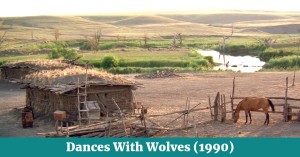
8
